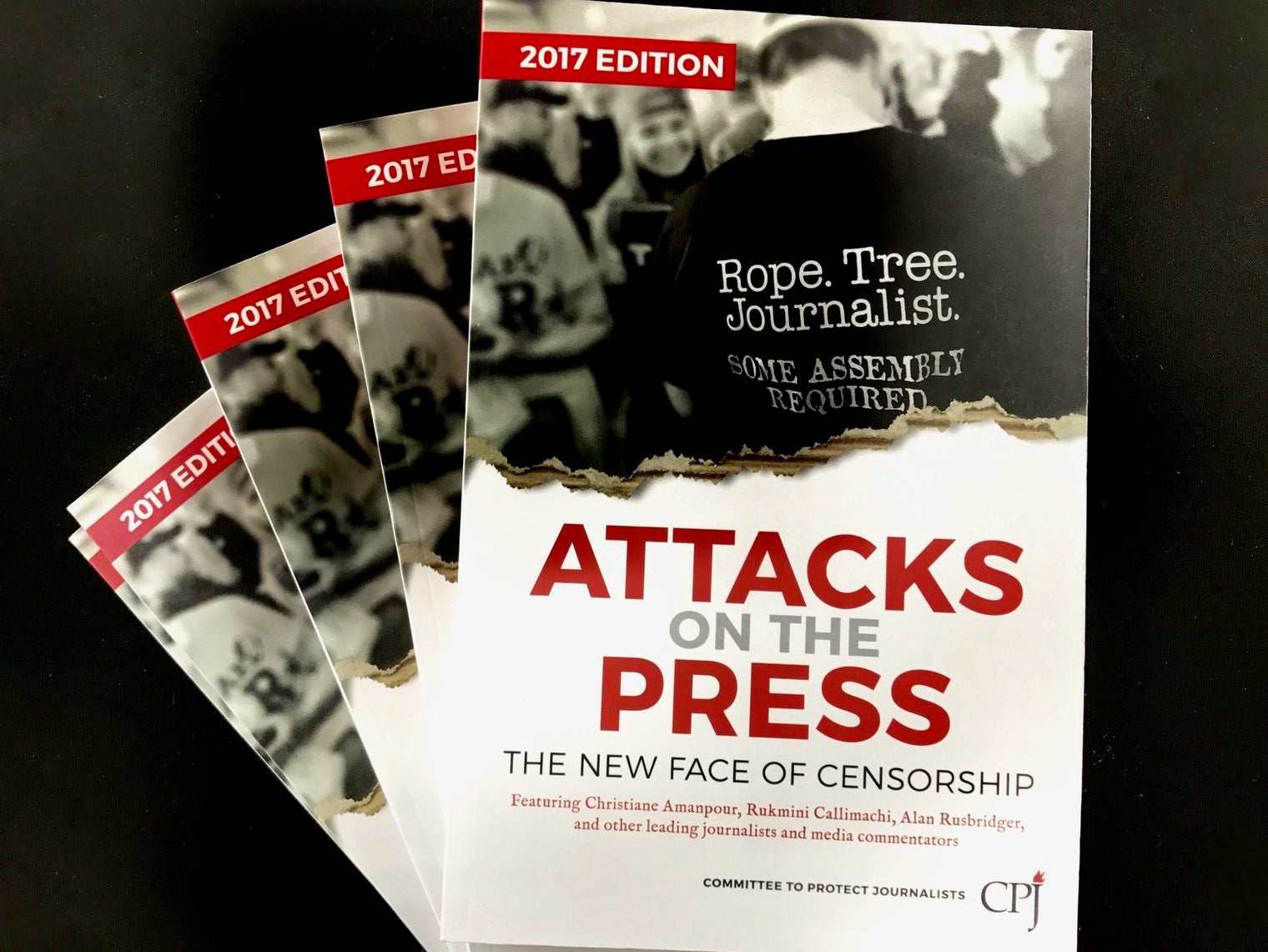
Far from ending censorship, modern technology such as the web, social media and smartphone cameras have “just made it more complicated”, says the Committee to Protect Journalists’ (CPJ) executive director.
In his introduction to the CPJ’s Attacks on the Press 2017 report, published this week, Joel Simon said there are “tremendous gaps in our knowledge of the world”.
And he warned these were “growing as violent attacks against the media spike, as governments develop new systems of information control, and as the technology that allows information to circulate is co-opted and used to stifle free expression”.
He pointed to three “broad categories” of censorship tactics, which he called: “Repression 2.0, masked political control, and technology capture.”
Simon said these have “contributed to an upsurge in killings and imprisonment of journalists around the world” and defined them as follows:
- “Repression 2.0 is an update on the worst old-style tactics, from state censorship to the imprisonment of critics, with new information technologies including smartphones and social media producing a softening around the edges.
- “Masked political control means a systematic effort to hide repressive actions by dressing them in the cloak of democratic norms. Governments might justify an internet crackdown by saying it is necessary to suppress hate speech and incitement to violence. They might cast the jailing of dozens of critical journalists as an essential element in the global fight against terror.
- “Technology capture means using the same technologies that have spawned the global information explosion to stifle dissent, by monitoring and surveilling critics, blocking websites and using trolling to shout down critical voices. Most insidious of all is sowing confusion through propaganda and false news.”
At the end of 2016 there were 259 journalists in jail, the most ever documented by CPJ. A significant proportion of these were in Turkey, where a media crackdown has continued since the failed coup attempt on President Erdogan.
Islamic militants have also been exploiting social media platforms such as Twitter and Facebook to bypass the traditional media and speak directly to the public, with a graphic videos used to “send a message of ruthlessness and terror,” Simon said.
Meanwhile, fake news for propaganda and profit-making purposes has raised concerns over the integrity of the democratic process even in leading Western nations.
Simon said: “Overall, the landscape of new censorship is bleak, and the challenges significant.
“The enemies of free expression have attacked the new global information system at every level, using violence and repression against individual journalists, seeking to control the technologies on which they rely to deliver the news, and sowing confusion and disinformation so that critical information does not reach the public in a meaningful way.
But he said the fight was “far from hopeless”, adding: “It is important to keep in mind that the upsurge in violence and repression against the media, and the development of new strategies of repression, are responses to the liberating power of independent information.”
Read the full Attacks on the Press report.
Picture: CPJ
Email pged@pressgazette.co.uk to point out mistakes, provide story tips or send in a letter for publication on our "Letters Page" blog
